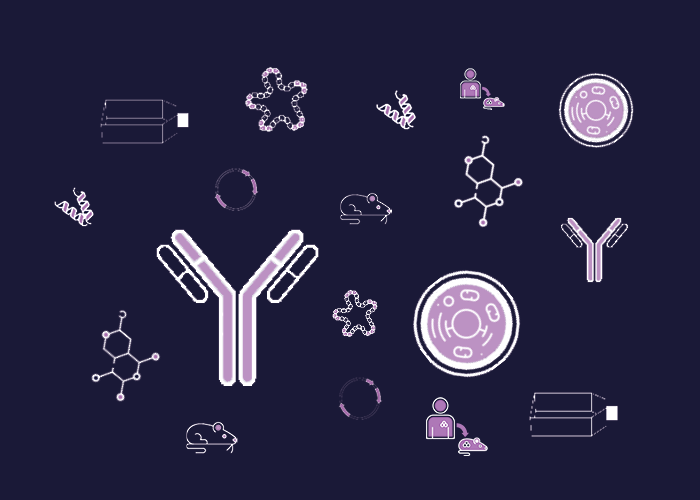
Cat. #161592
pCR-Blunt II-TOPO™ cloning vector for GST and human CB1 receptor (AA 414 to 472) fusion protein
Cat. #: 161592
Sub-type: pCR-Blunt II-TOPO™ cloning vector
Availability: 3-4 weeks
Bacterial Resistance: Kanamycin
This fee is applicable only for non-profit organisations. If you are a for-profit organisation or a researcher working on commercially-sponsored academic research, you will need to contact our licensing team for a commercial use license.
Contributor
Inventor: Gontzal García del Caño
Institute: University of the Basque Country
Primary Citation: Saumell-Esnaola M et al. 2022. Microb Cell Fact. 21(1):192. PMID: 36109736.
Tool Details
*FOR RESEARCH USE ONLY (for other uses, please contact the licensing team)
- Tool name: pCR-Blunt II-TOPO™ cloning vector for GST and human CB1 receptor (AA 414 to 472) fusion protein
- Research fields: Biochemistry;Cell biology;Molecular Biology;Neurobiology
- Tool sub type: pCR-Blunt II-TOPO™ cloning vector
- Sequence: Saumell-Esnaola M et al. 2022. Microb Cell Fact. 21(1):192. PMID: 36109736.
- Insert: CB1414â472
- Total vector size: 3710 bp
- Backbone size without insert: 3519 bp
- Insert size: 191 bp
- Insert species: Human
- Promoter: Not applicable
- Bacterial resistance: Kanamycin
- Description: Purified plasmid with a DNA insert spanning codons corresponding to amino acids CB1414-472 of the cytosolic tail of the human CB1 receptor (CB1414â472) with BamHI and NotI restriction sites for subcloning
- Application: Subcloning
- Cloning information: Saumell-Esnaola M et al. 2022. Microb Cell Fact. 21(1):192. PMID: 36109736.
- Additional notes: Contact the inventor for further information.
Handling
- Storage conditions: Refrigerated at 4 oC (or frozen at -20 oC for long periods)
- Storage buffer: Double distilled water
- Shipping conditions: At room temperature in water solution
Application Details
- Application: Subcloning
- Application notes: Subcloning
References
- Saumell-Esnaola et al. 2022 Microb Cell Fact.21(1):192. PMID: 36109736
- Gómez-Caballero et al. 2021. Mikrochim Acta. 188(11):368. PMID: 34618242.


